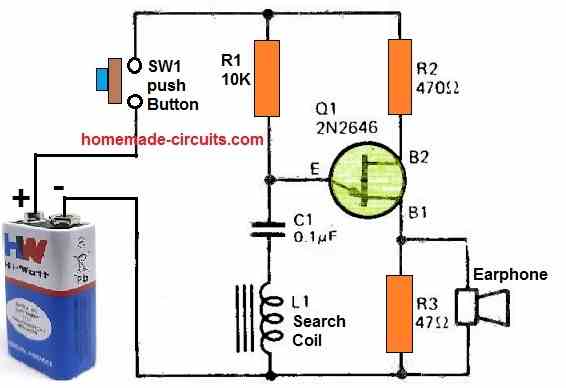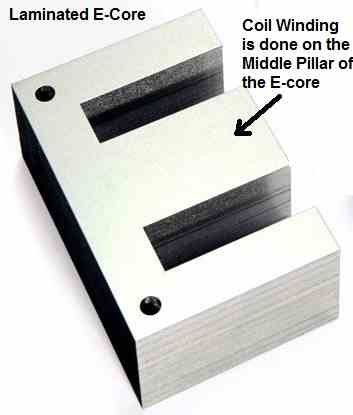Some methods to hide a used car's external deterioration include filling up rust holes, removing collision dents with putty, fiberglass, or epoxy, and painting the car. The outside condition of an automobile is very important to potential used car purchasers due to the high cost of extensive bodywork restoration.
Here is a simple circuit concept that aims to level the playing field by exposing the unseen problems that lie behind the appealing but flimsy paint layer.
Basic Working
This circuit works like an electronic testing device for determining whether there is steel behind a painted surface.
A detecting search coil, an electronic circuit enclosed in a metal container, and an earpiece make up its three primary elements.
The circuit emits a sound into the earpiece when it is turned on. The tone changes noticeably if the detecting coil is placed immediately over or close to steel or a metal.
How to Check
A prospective used car buyer may conceal the search coil in his palm while carrying the metal circuit box in his pocket and the earpiece stuck in his ear.
Tests can be performed on door panels, mudguards, and other areas that are suspected to have corrosion or filling.
It is ideal to hold the search coil at the top of the panel, where rust is improbable, and swiftly run it to the bottom section, where rust formation is more likely, while checking a door panel, for instance.
Consider yourself warned if the note begins with a normal humming sound and ends with a shrill high pitched sound. That might indicate that something other than steel has been used to fill the bottom of the door panel.
Alternatively, a test may be performed by just sweeping the search coil over potential problem locations while listening for any changes in pitch or tone.
Thus, one may determine if there is steel or anything else behind the paint on an automobile by monitoring the oscillator's tone. The tone of the sound is supposed to remain identical and stable when the search coil is scanned across the body work. If it changes, pay attention because, then something might be wrong.
Circuit Description
The tone is produced using a unijunction transistor relaxation oscillator, which follows a fairly standard design with one notable exception.
In addition to the typical capacitor placed between the emitter and the negative rail, there is also an inductor connected in series with this capacitor, as depicted in the following figure.

The frequency and the resulting tone of the generated note are determined by the value of this inductance.
Notably, this inductor serves as the search coil, and its inductance is altered based on the proximity of steel to the open ends of its iron core.
When the search coil is in close proximity to steel, the note's frequency decreases, whereas in the absence of steel, it remains at a higher frequency.
How to Build the Search Coil
The search coil specification should be as given in the following data:
- Inductance = 1.5 Henry
- Resistance = 85 ohms
- Current = 10 mA
The search coil can be constructed by winding a choke coil over the center limb of a laminated E core. This laminated E core can be salvaged from any old 0-6V/500mA/220V step down transformer, by carefully removing the existing winding of the transformer.
The image of the laminated E core is shown in the following figure.
